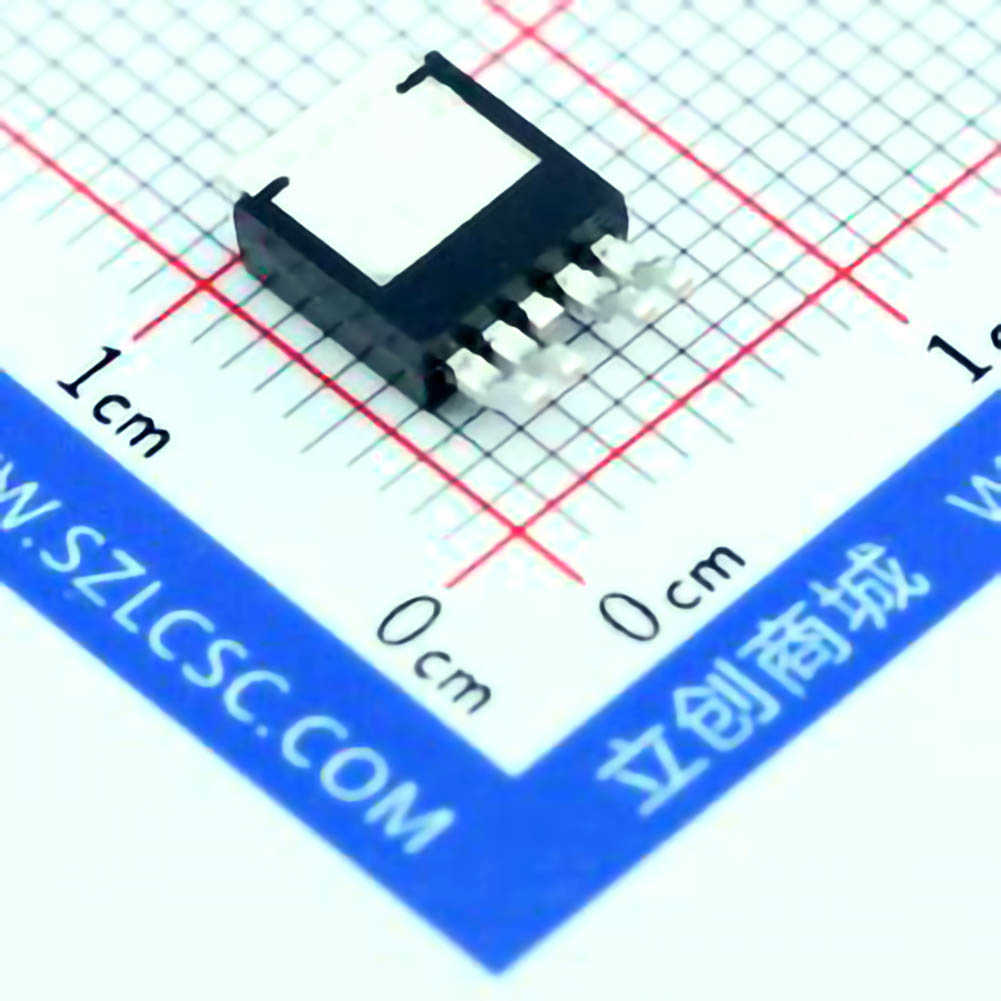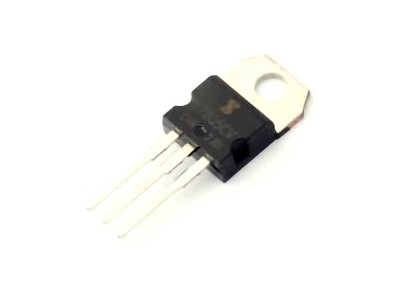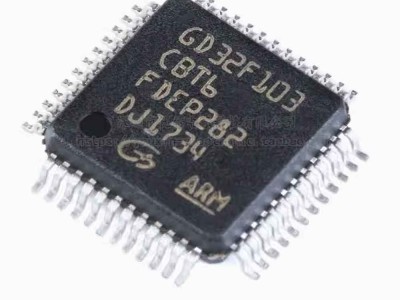
Introduction to the BTS6143D and Common Troubleshooting Techniques
Introduction: Understanding the BTS6143D Power Management IC
The BTS6143D is a highly versatile and robust power management integrated circuit (IC) designed primarily for automotive and industrial applications. Its main role is to act as a high-side switch, offering efficient voltage regulation, load protection, and current monitoring for various systems. This device is often used in environments where reliable and consistent performance is critical, such as in engine control units (ECUs), lighting systems, and other power distribution tasks.
Despite its advanced features, like integrated over-temperature protection, short-circuit protection, and overcurrent protection, users may occasionally encounter issues related to the performance or behavior of the IC. Understanding how to troubleshoot these problems effectively is essential for maintaining system stability and performance.
Common Issues with the BTS6143D
When working with the BTS6143D, users may face several types of issues, from simple wiring mistakes to more complex electrical problems. Some of the most frequent issues include:
Overvoltage Protection (OVP) Activation: The device might trip the overvoltage protection if the input voltage exceeds the specified range.
Overcurrent Protection (OCP) Activation: The IC will enter a protection mode if the current exceeds the set threshold.
Thermal Shutdown: The IC can shut down automatically if it gets too hot, which is often caused by poor heat dissipation or excessive load conditions.
Erratic Switching Behavior: Intermittent or irregular switching can lead to system instability.
No Output or Weak Output: Sometimes, the IC might fail to supply adequate power to the load, leading to operational problems.
These problems, while manageable, require precise diagnostics to identify and resolve. In this article, we will walk you through some common troubleshooting techniques and solutions to these issues.
1. Checking the Input Voltage
One of the first things you should check when troubleshooting the BTS6143D is the input voltage. The device operates within a specific voltage range, typically between 5V and 40V (depending on the variant). Any deviation from this range could trigger overvoltage protection (OVP) or overcurrent protection (OCP).
Troubleshooting Tip:
To ensure the voltage is within range, use a multimeter to measure the input voltage. If the voltage is above the allowed threshold, it can lead to excessive current draw, triggering the IC's protection modes. Consider using a voltage regulator or check if your power supply is stable.
Solution:
If the input voltage is outside the recommended range, you may need to adjust your power source or incorporate a voltage regulator to stabilize the input.
2. Inspecting Current Draw and Overcurrent Protection (OCP)
Another common issue involves overcurrent protection (OCP), which activates when the current exceeds the device's safe operating limits. This could occur due to a short circuit, excessive load, or insufficient wiring. The BTS6143D is designed to detect and respond to these conditions to protect both the IC and the load.
Troubleshooting Tip:
Measure the current flowing through the IC using a current probe or multimeter. Compare the current with the maximum rated current for the device (typically 30A for the BTS6143D). If the current exceeds the limit, this could indicate an issue.
Solution:
If overcurrent protection is being triggered, consider reducing the load, ensuring there are no short circuits in your wiring, or checking that the load is within the IC’s specified current capacity.
3. Dealing with Thermal Shutdown
Thermal issues can significantly affect the performance of the BTS6143D. The device includes built-in thermal protection, which activates when the junction temperature exceeds safe levels (typically 150°C). A thermal shutdown can be caused by poor heat dissipation, an excessive ambient temperature, or a high load current.
Troubleshooting Tip:
Measure the temperature of the IC using an infrared thermometer or thermal camera. If the device is too hot, it's crucial to identify the cause of overheating. Check the heatsink or other thermal management solutions in place.
Solution:
To resolve thermal issues, ensure that the IC is adequately cooled. Use better heat dissipation techniques, such as improving airflow around the IC or adding a larger heatsink. Additionally, reducing the load or lowering the ambient temperature can prevent thermal shutdown.
4. Investigating Erratic Switching Behavior
Intermittent or erratic switching is a sign that the BTS6143D may not be receiving clean signals or that there is an issue with its control logic. Such problems can result from noise, incorrect PWM signal frequencies, or improper gate drive voltages.
Troubleshooting Tip:
Check the control signals (e.g., PWM or ON/OFF signals) going into the IC using an oscilloscope. Make sure the signal is clean, without any noise or significant glitches. Ensure that the gate voltage is within the proper range for the device to switch properly.
Solution:
To address switching issues, you can filter the PWM signal to eliminate noise or interference. If the issue persists, check the gate driver circuit to ensure that it is functioning correctly.
5. No Output or Weak Output
In some cases, users may find that the BTS6143D is not providing the expected output power or voltage, even when the IC appears to be functioning normally. This could be caused by a variety of issues, such as incorrect wiring, a faulty load, or internal IC failure.
Troubleshooting Tip:
Measure the output voltage and current from the IC to determine whether it is functioning as expected. If the voltage is too low or the current is weak, verify that the load is connected properly and that the IC is not in a protection mode (e.g., overcurrent or thermal shutdown).
Solution:
If the load is fine and the IC is not in protection mode, it may indicate a failure within the device. In such cases, replacing the IC or conducting further diagnostics using a known-good power supply can help resolve the issue.
Advanced Diagnostics and Solutions for the BTS6143D
6. Troubleshooting via Diagnostic Feedback
The BTS6143D provides diagnostic feedback through error flags, which can be used to identify specific problems. These feedback mechanisms include:
Overvoltage Flag (OVP)
Overcurrent Flag (OCP)
Thermal Flag (OT)
Short-circuit Flag (SC)
By monitoring these feedback pins, you can quickly identify which protection mode has been triggered, allowing you to focus your troubleshooting efforts.
Troubleshooting Tip:
Connect the diagnostic pins to your monitoring system (e.g., microcontroller or diagnostic tool) to check the status of each protection feature. If an error flag is set, you will know the specific cause of the issue (e.g., overcurrent or overtemperature).
Solution:
If you find that one of the flags is active, take appropriate action depending on the error. For instance, if the overcurrent flag is active, check for excessive load or short circuits. If the thermal flag is set, improve heat dissipation.
7. Verifying Component Connections
A poor or incorrect connection can cause a variety of issues, ranging from erratic behavior to complete failure of the IC. Common mistakes include incorrect pinouts, floating inputs, or poor solder joints.
Troubleshooting Tip:
Use a multimeter to check the continuity between pins and ensure that all connections are correctly made. Inspect the board for any signs of poor soldering or damaged traces.
Solution:
If any poor connections are identified, reflow the solder or correct the wiring to ensure proper functionality of the IC.
8. Software Considerations and Firmware Updates
In some cases, the issue may not be hardware-related but rather due to improper software configuration or outdated firmware. Ensure that your system is running the latest version of any relevant software, including any control algorithms or drivers associated with the BTS6143D.
Troubleshooting Tip:
Check for available firmware updates from the manufacturer or the IC’s datasheet for any bug fixes or optimizations related to the BTS6143D. Ensure that your control algorithms are correctly programmed to handle the IC’s features.
Solution:
If firmware is the cause of the issue, updating it or revising the software configuration may resolve the problem.
9. Testing with Known Good Components
If you have verified all of the above steps and still cannot identify the issue, it may be time to test the BTS6143D in a controlled environment using known-good components. This process involves replacing potentially faulty components with verified, functioning units to isolate the source of the problem.
Troubleshooting Tip:
Replace the BTS6143D with another known-good IC to see if the issue persists. If the problem disappears with the new IC, it’s likely that the original BTS6143D was defective.
Solution:
If replacing the IC resolves the issue, it’s possible that the original component was damaged during handling, installation, or operation.
Conclusion
The BTS6143D is a reliable power management IC that serves a critical role in automotive and industrial applications. However, like any complex device, it may encounter issues related to voltage, current, temperature, and wiring. By following the troubleshooting steps outlined in this article, you can effectively diagnose and resolve most issues that may arise with the BTS6143D.
Whether dealing with overcurrent, thermal shutdown, or erratic behavior, the solutions presented here will help you ensure that your system operates smoothly and efficiently, keeping your projects on track and preventing costly downtime.
Partnering with an electronic components supplier sets your team up for success, ensuring the design, production, and procurement processes are quality and error-free.


